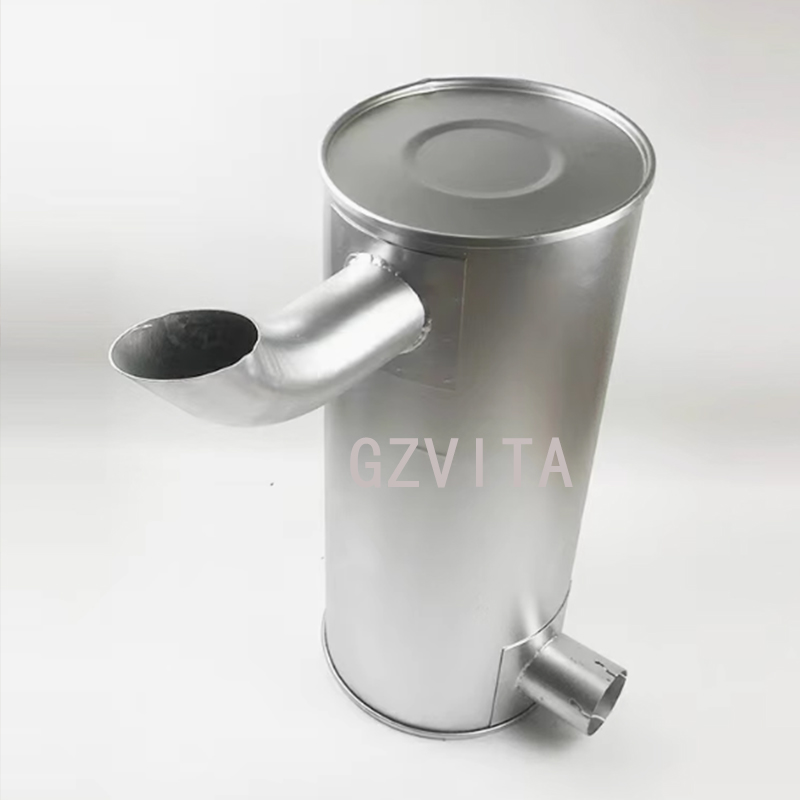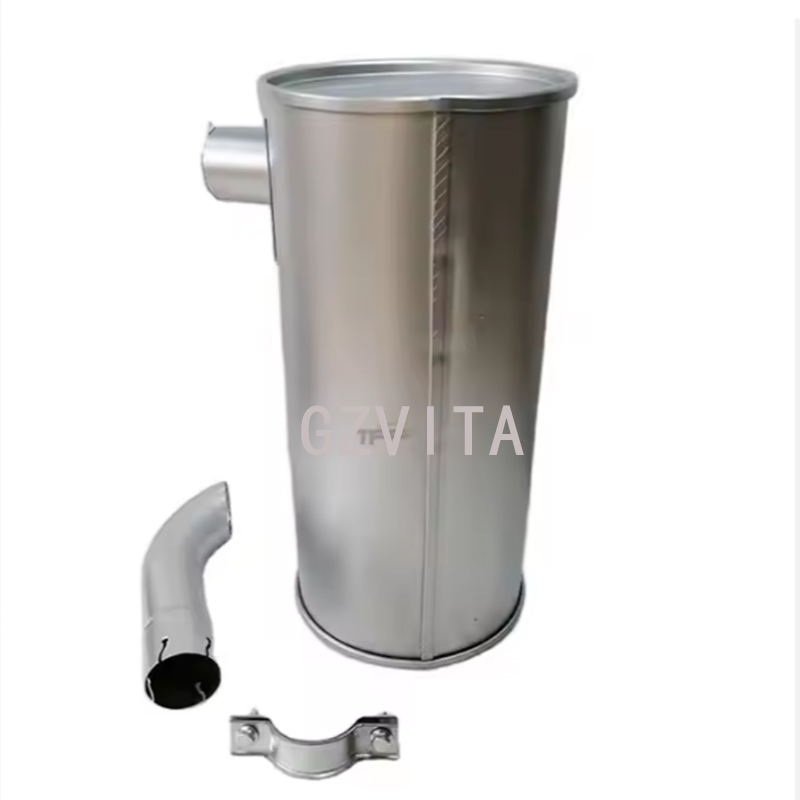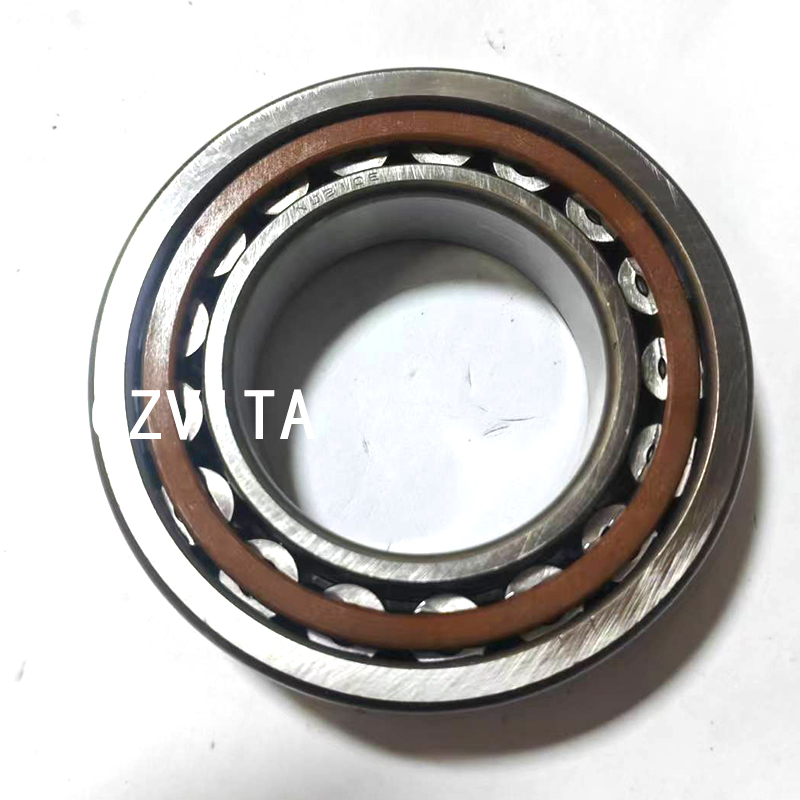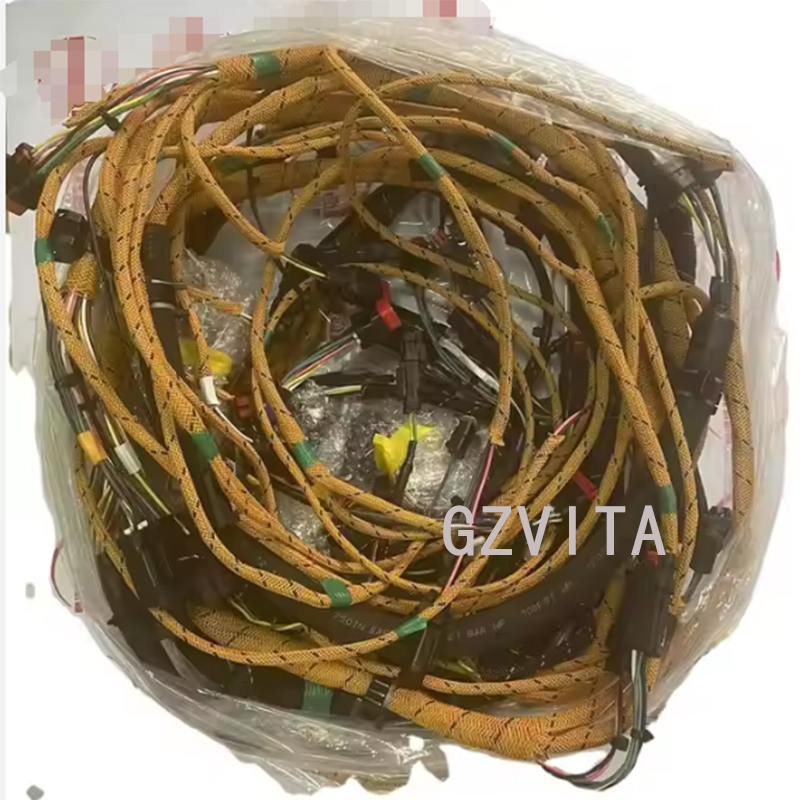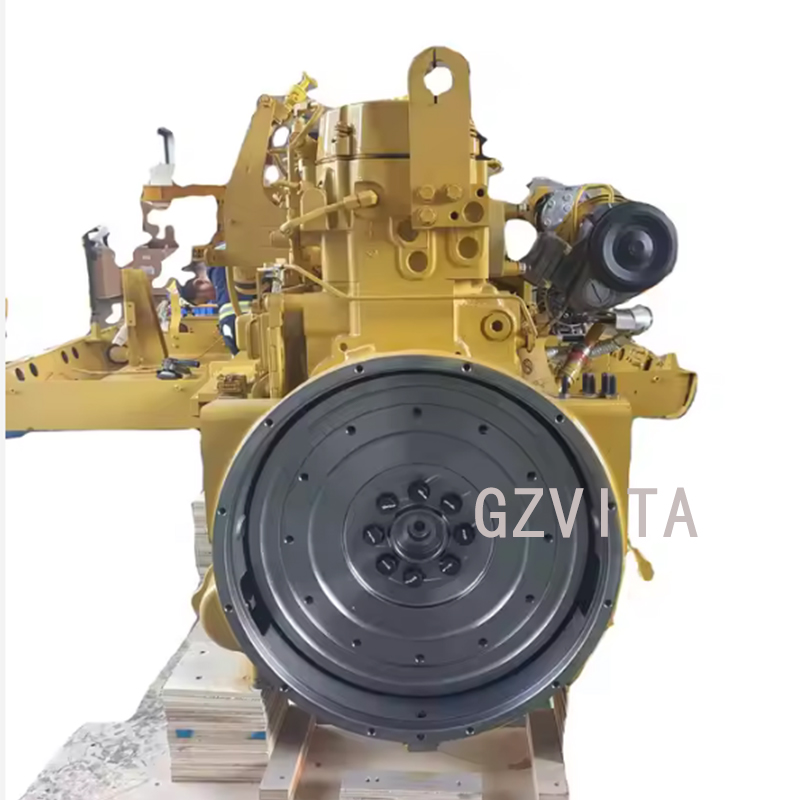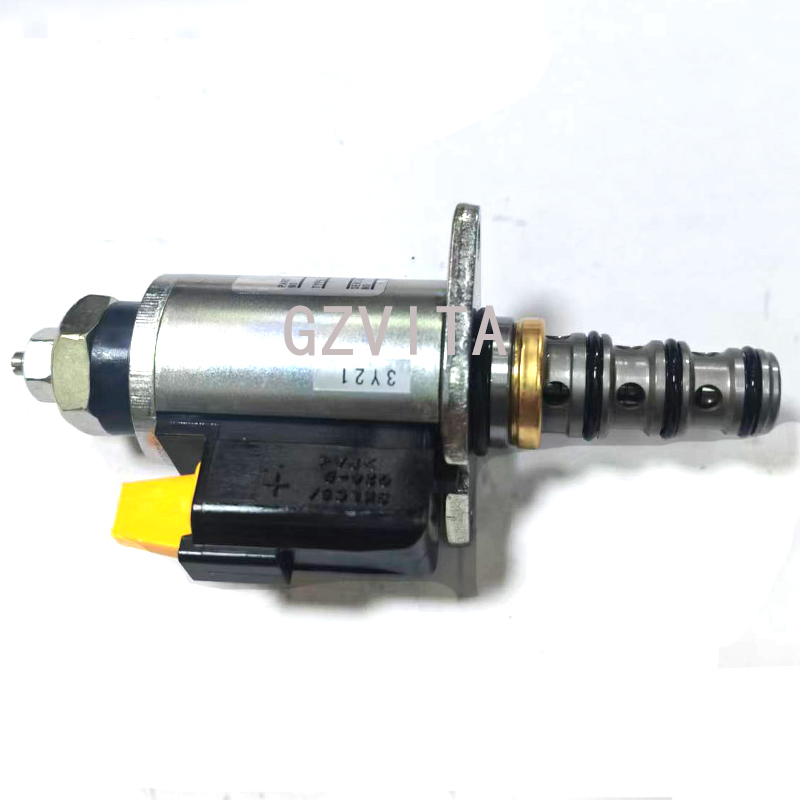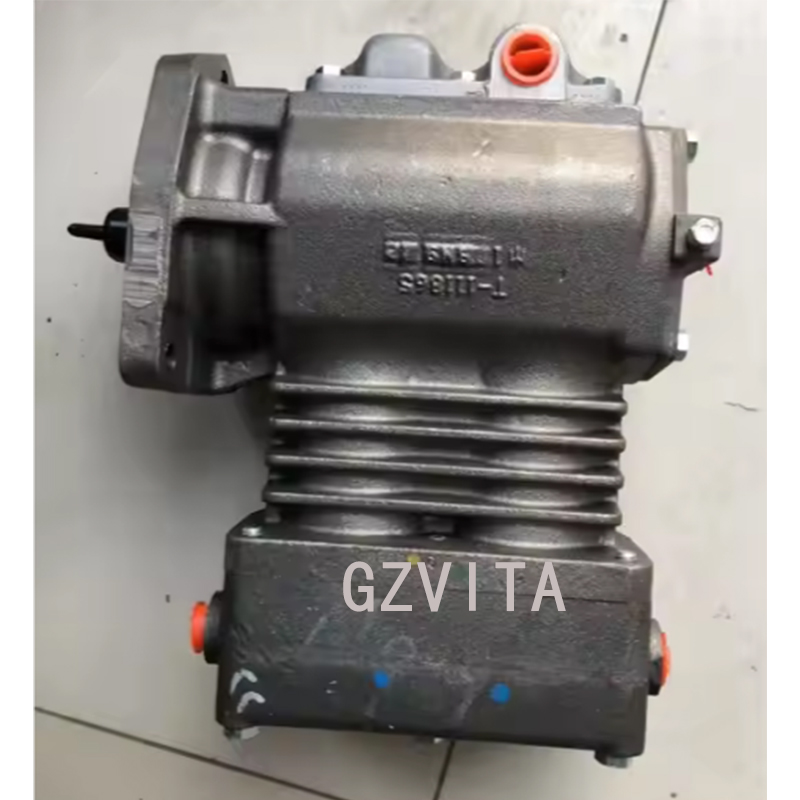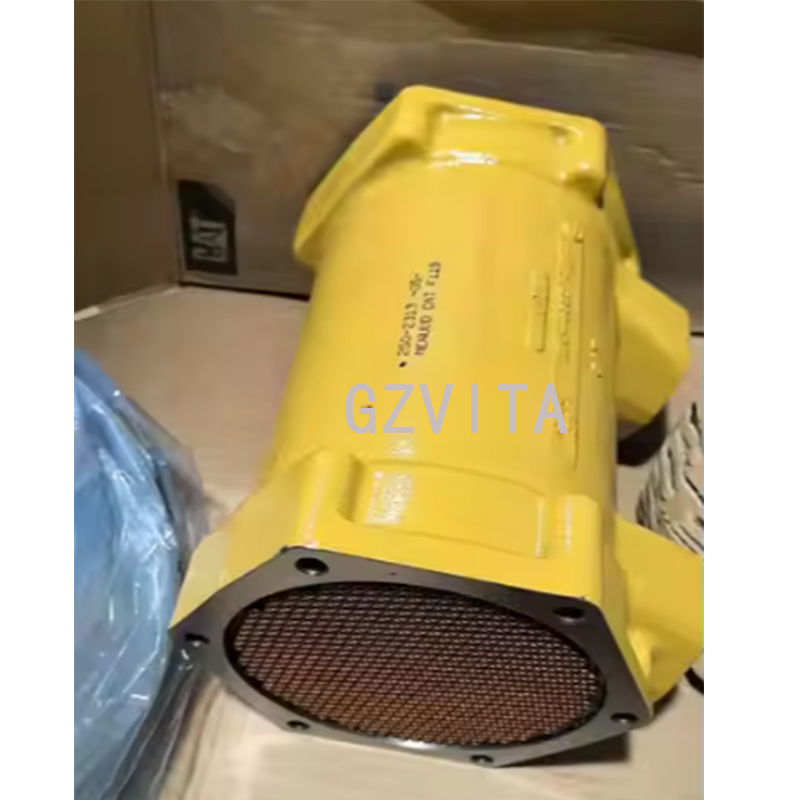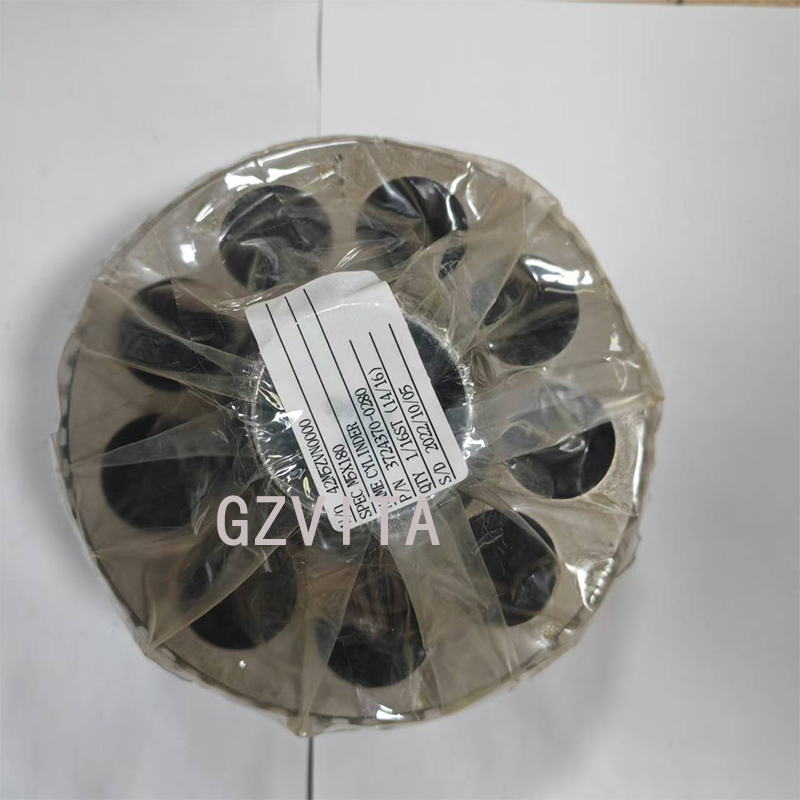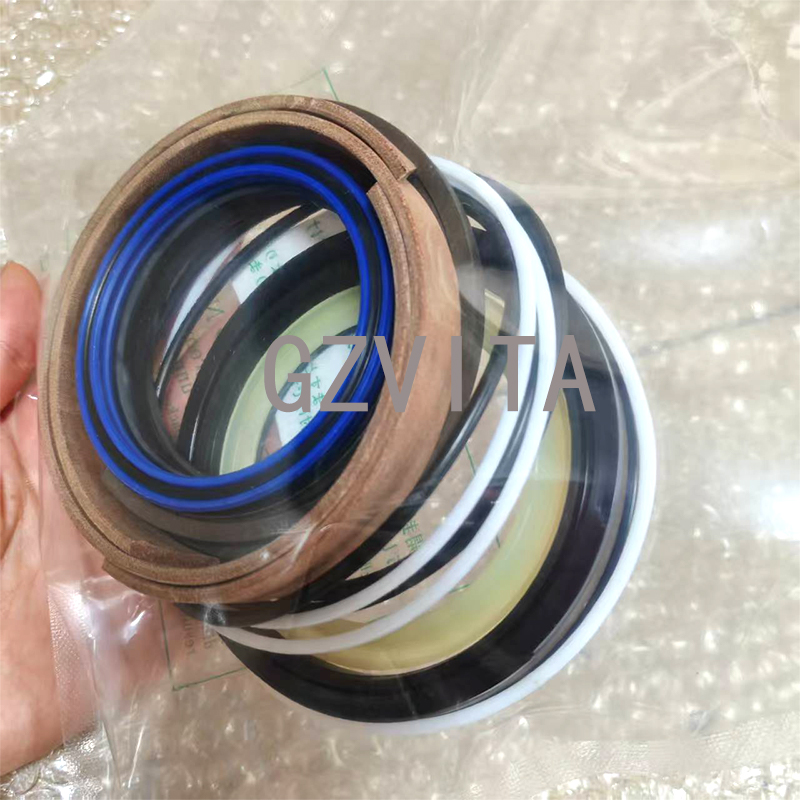 +86 13794985240
+86 13794985240
SAA6D114E-2 Engine Parts 6742-01-1570 Crankshaft Assembly for PC300-7
Introduction to the Engine Crankshaft
The engine crankshaft is a fundamental component of an internal combustion engine, playing a crucial role in converting the linear motion of the pistons into rotational motion, which ultimately powers the vehicle or machinery. Here’s an overview of the crankshaft and its significance:
What is a Crankshaft?
The crankshaft is a long, cylindrical shaft that runs the length of the engine block. It is connected to the pistons via connecting rods. As the pistons move up and down during the combustion process, the crankshaft rotates, translating this linear motion into rotational energy.
Importance of the Crankshaft
Power Generation: The primary function of the crankshaft is to convert the reciprocating motion of the pistons into rotational motion. This rotational energy is what drives the vehicle’s wheels or powers other machinery.
Balance and Stability: The crankshaft is designed to maintain balance within the engine. A well-balanced crankshaft minimizes vibrations, leading to smoother engine operation and improved longevity of engine components.
Durability: Crankshafts are typically made from high-strength materials, such as forged steel or cast iron, to withstand the immense forces generated during combustion. Their durability is essential for the engine’s overall reliability and performance.
Torque Transfer: The crankshaft transfers torque to the transmission, which then distributes it to the wheels or other driven components. This transfer of torque is crucial for the vehicle’s acceleration and overall performance.
Engine Timing: The crankshaft is often connected to the timing system of the engine, which synchronizes the movement of the pistons and the opening and closing of the engine’s valves. Proper timing is essential for efficient engine operation and performance.
Cooling and Lubrication: The crankshaft plays a role in the engine’s lubrication system. As it rotates, it helps circulate oil throughout the engine, ensuring that all moving parts are adequately lubricated and cooled, which is vital for preventing wear and overheating.
Design Variations: Crankshafts can vary in design depending on the engine configuration (e.g., inline, V-type, or flat engines). Each design has its own characteristics that affect the engine’s performance, balance, and efficiency.
Product Display
-
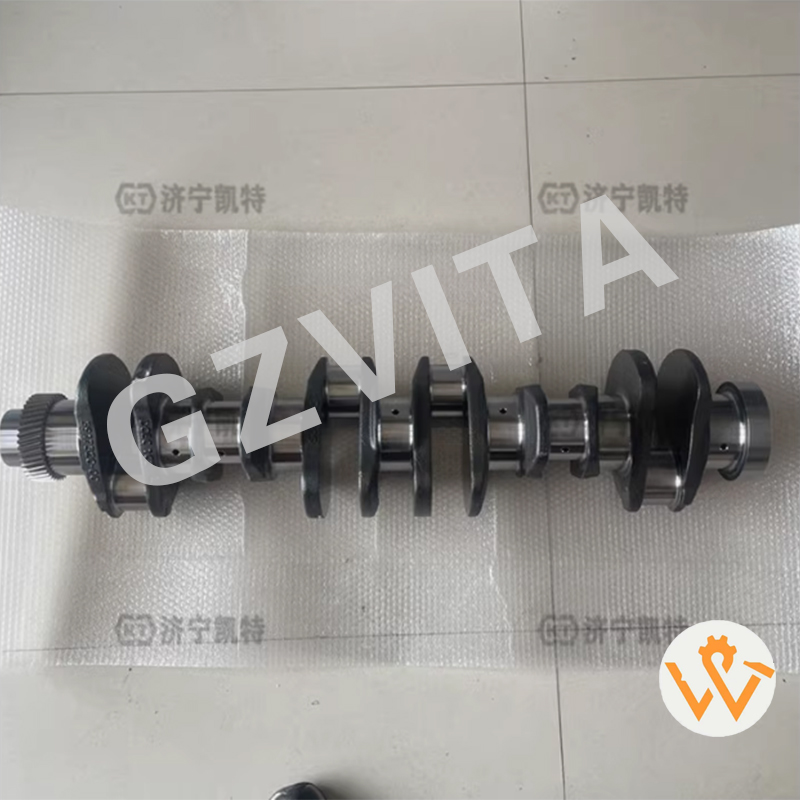
Crankshaft1
-

Crankshaft2



